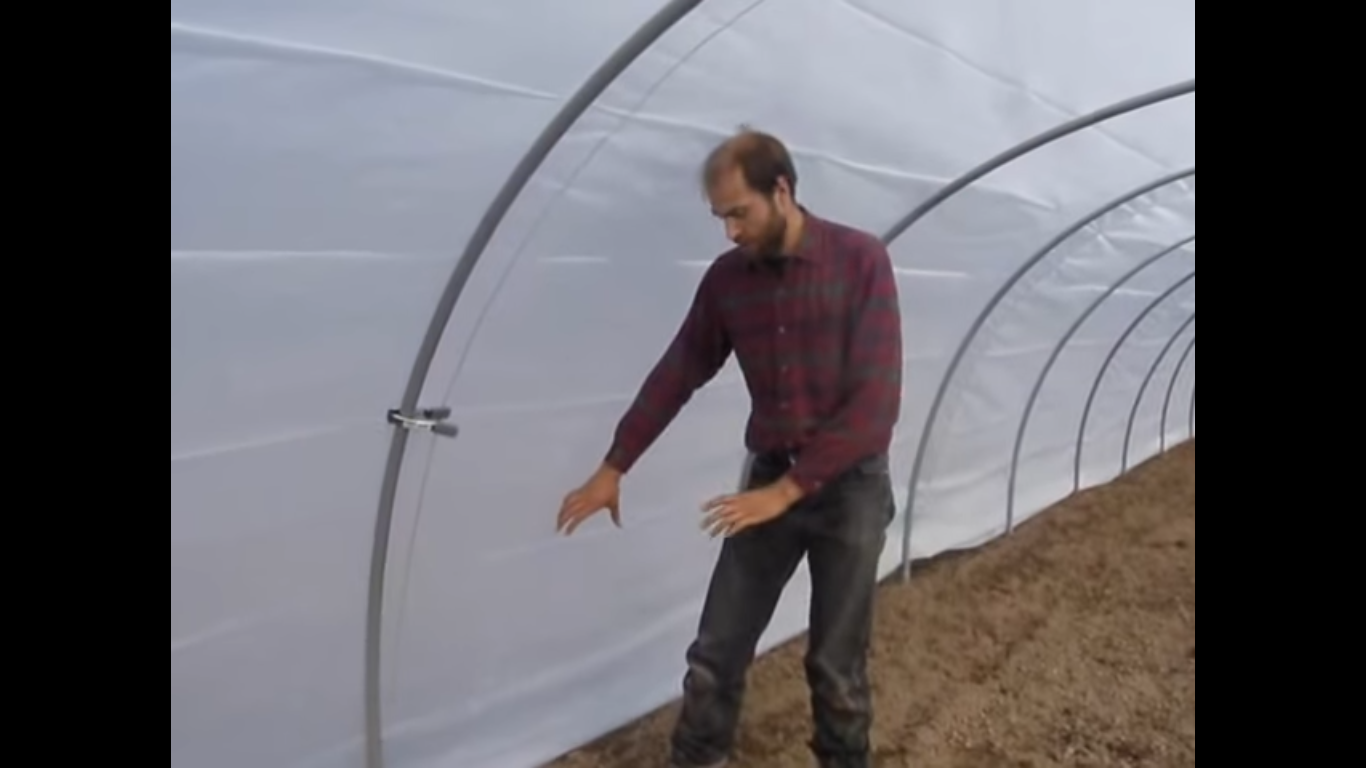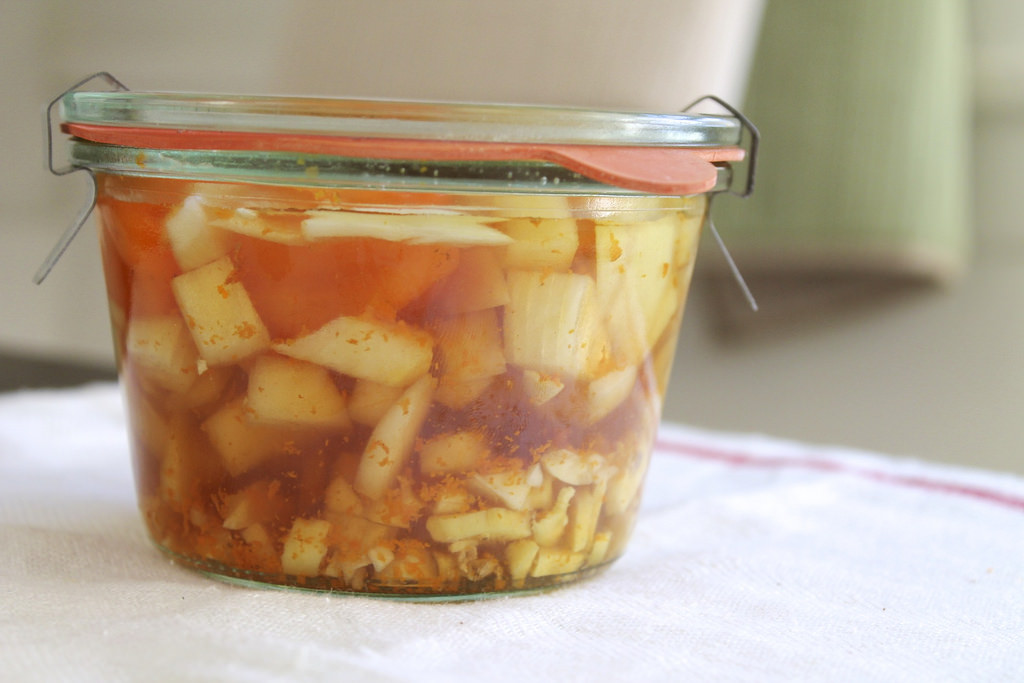DIY PVC Hoop House (Video Instructions)
It’s getting cold, and your crops are certainly feeling it when they are left exposed. A greenhouse is a great thing to have, but they are also expensive. A cheaper alternative is a hoop house. There are lots of videos that people have put online of their hoop houses and how they built them, … Read more






